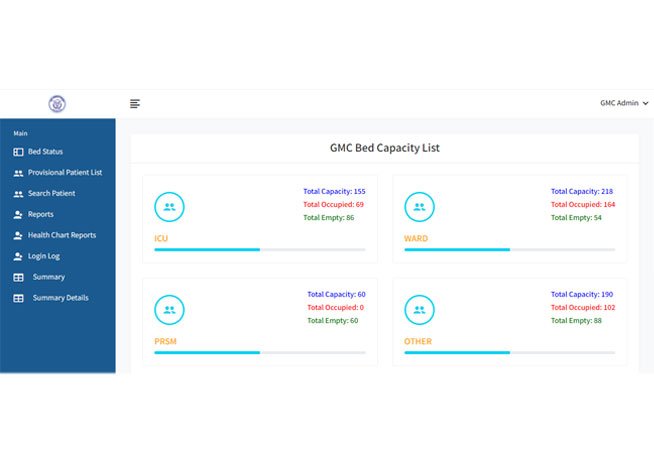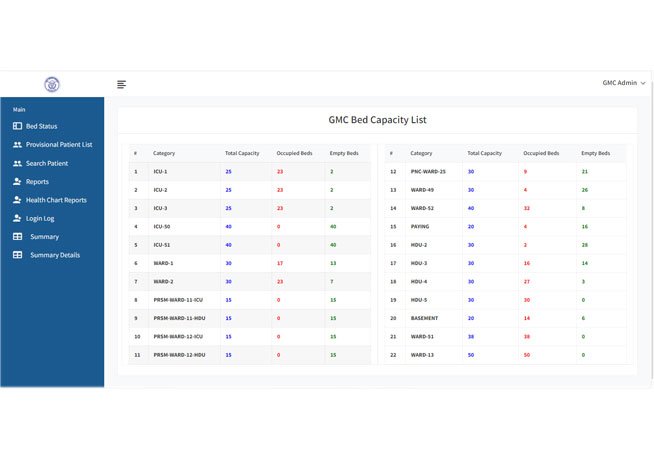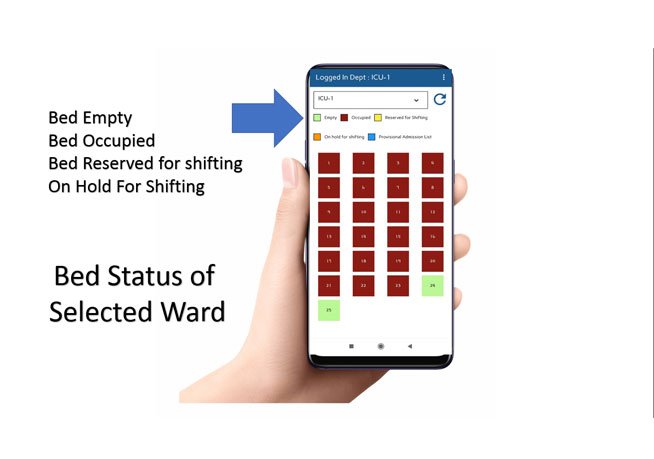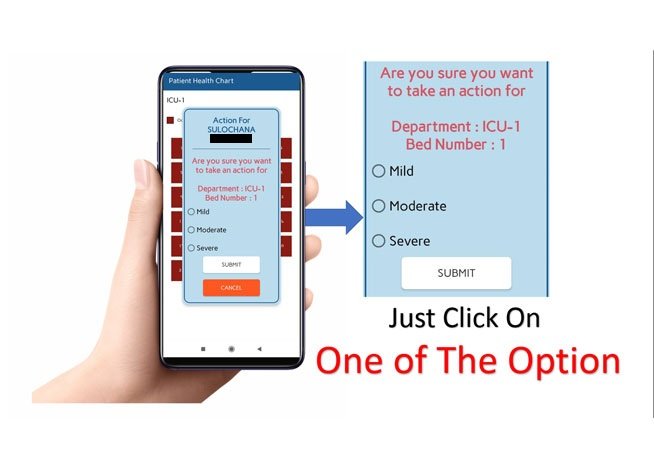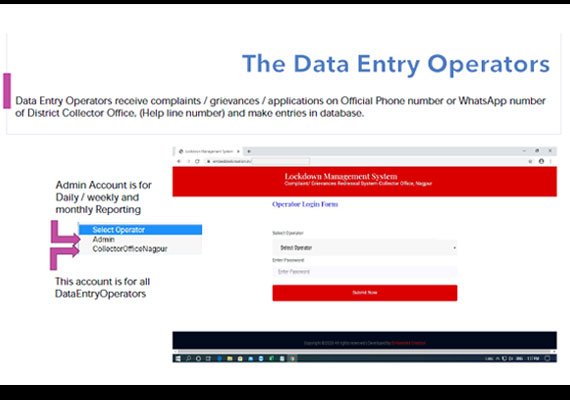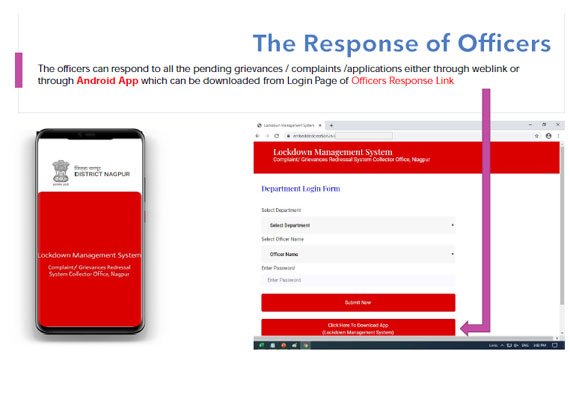The billboard and outdoor advertising market size has grown strongly in recent years. Globally it is expected to grow from $390.77 billion in 2023 to $410.82 billion in 2024 at a compound annual growth rate (CAGR) of 5.1%. When on the one hand global agencies are making handsome money from outdoor advertisements, on the other hand, a survey of outdoor advertising hoardings has suggested that Nagpur Municipal Corporation (NMC) should increase the hoarding rent by 6 times. It reveals that the hoarding rent charged is very low compared to other metro cities. If NMC implements the proposal submitted in the survey, its revenue can increase from a meager Rs3 crore to Rs23 crore per annum.
The current revenue model of NMC's advertisement department is earning a meager Rs2. 92 crore per year, while Amravati civic body's income is Rs. 31 crore. With this background, Nagpur Municipal Corporation took the initiative to improve the revenue collection and we provided the digital support in developing a web portal for sky sign management of NMC.
Achievements
1. nmcnagpurskysign.co.in is a first-of-its-kind software developed in Maharashtra for any municipal corporation.
2. nmcnagpurskysign.co.in is a traditional billboard management and online registration/bill collection system designed for billboards/hoardings usually displayed on highways and streets. One of the advantages of static billboards for outdoor advertising is their ability to reach an enormous audience. Furthermore, static billboards display the same message and do not share space with other advertisers, giving your ad more exposure to potential customers. Our static billboards allow you to level up your advertising game in terms of size and quality. Civic Outdoor’s supersite roadside billboards are a perfect choice when considering billboard advertising in Nagpur. These billboards offer you 10+ square meters of prime advertising space in high-traffic locations, allowing you to generate brand awareness boldly and effectively.
Based on the outcome of sales patterns, customer feedback, and digital interaction patterns on various social media we @ Embedded Creations designed and developed a public participative campaign for creating awareness of the heritage art of handloom and its importance in the rich textile culture of India.
The project was a grand success where 1426 participants collectively contributed to weaving a pure cotton multicolored fabric that made an international record with the ASIA and INDIA Book of Records. The campaign which started with a target of 75 feet, reached a 98 feet mark due to overwhelming response from proud Indian citizens from all walks of life and all age groups from 14 to 80.
Achievements
1. A total of 1426 people contributed to weaving 98 feet of fabric.
2. Mahahandloom, the brand owned by the govt. of Maharashtra undertaking registered the ASIA Book of Records and INDIA Book of Records for this campaign titled “Fabric of Unity”.
3. Hon. MP Shri Nitin Ji Gadkari – Union Minister appreciated the event and endorsed the campaign by wearing the jacket made with “Fabric of Unity”.
4. Hon. Dy. Chief Minister of Maharashtra, Shri Devendra Fadanvis shared a motivating comment in support of the record and endorsed the campaign by wearing the jacket made with “Fabric of Unity”.
5. The Unique Idea and successful execution by the team of Embedded Creation was appreciated by issuing the certificate in the name of Shri Manish Karandikar.
With more than 60% of people across the world jumping over the internet to buy things of daily needs, fashionable garments, and a wide range of products with all technical insights, E-commerce has revolutionized the whole shopping experience. It allows people to buy things off from the ease of their office chair, home lounge couch, and even while traveling around with just a simple click of their finger! It has become now easy to buy anything from anywhere and anytime through an online operating system of E-commerce. Mahahandloom E-commerce portal not only provides benefits to customers and consumers, but it is also a holy grail for the retailers, weavers, and artisans associated with handloom art as well. With E-commerce, they can now expand their business all across the world which otherwise physically is impossible and requires a lot of investment.
With the tilting interests of world fashion in favour of sustainability, and with the global desire to connect with the roots of eco-friendly and civilized clothing trends of the Indian garment industry, mahahandloom.com offers the world the perfect connectivity between prospective global buyers and traditional craftsmen of heritage art of Indian Handloom.
Achievements
1. Online E-Commerce platform for Mahahandloom, an official brand of Maharashtra State Handloom Corporation Ltd.
2. Developed to cater to the needs of global handloom lovers.
3. People from 27 Nations are connected with the vision of MHSC through internship programs designed by Embedded Creation. More than 30 Interns from MBA colleges received Internship certificates signed by Commissioner of Textile, Govt of Maharashtra.
The Service Excellence and Victim Assistance (S.E.V.A.) initiative of Pune Police aimed at redressing public grievances in real time has received good response from residents. S.E.V.A. is a brainchild of Police Commissioner Dr. K. Venktesham who started the initiative on 1st September 2018 in Pune. According to the data provided by Pune Police Commissionerate, of the 1,05,170 residents called for feedback, 1,01,042 people had something good to say about the department.(Hindustan Times – July 23, 2019)
Earlier the system was implemented in Nagpur.
NAGPUR: The feedback collected from complainants at police stations through the Social Law Enforcement and Victim Assistance Cell (S.E.V.A.) app claims 99.82% citizens were satisfied with the services rendered by cops. The feedback was collected by Social Security Branch (SSB) using the app launched by Police Commissioner
Dr. K. Venkatesham to ensure citizens get intended benefits on visiting police stations. (TNN | Updated: Feb 6, 2018, 11:29 IST)
Achievements
1. The S.E.V.A. system received prestigious SKOCH 2018 award at New Delhi.
2. Governor of Maharashtra Hon. Shri Vidyasagar Rao felicitated representative of Embedded Creation along with S.E.V.A. implementation team of Pune Police.
3. Hon. Home Minister, Government of Maharashtra, Shri Anil Deshmukh appreciated the S.E.V.A. system and personally checked the technicalities of system from S.E.V.A. control room, CP office, Pune. (Dt:16/02/2020).
4. Shri. S.S.Kshatriya (I.A.S. Retd.) State Chief Commissioner for Right to Public Service, has recommended the system for state level implementation in all Commissionerate and Police departments. (Dt:13/12/2019).
5. Hon. MP Smt. Supriya Sule visited the S.E.V.A. control room and tested the functioning of system by personally making 200kth to the complainant / visitor and collected the feedback. (Dt: 25/02/2020).
Additional Tribal Commissioner, Nagpur has developed very innovative, transparent and fast data collection application in form of E-Nirikshan App for collection of school and hostel inspection reports. The purpose of this E-Nirikshan App is to improve the quality of education and learning environment in ashramshala and hostels through proper infrastructural support. For healthy result oriented atmosphere in school (ashramshala), a prompt, unbiased and regular evaluation of the school environment is most essential criteria. ATC, Nagpur
Dr. Sandip Rathod has come up with very innovative digital solution for meeting the challenges.
Openness, accountability, and honesty define government transparency. In a free society, transparency is government's obligation to share information with citizens. This transparency allows good and just governance.
Transparency is important on its own because it allows learning, contributes to accountability, and shapes organizational performance. Accountability provides a tool to assure that a PPP is achieving its public interest goals and also contributes to improved organizational performance.
Objectives
1. Cuts time delays occurred due to paper work and postal procedures.
2. Improves transparency and accountability.
3. Develops better coordination among all officers and their subordinates
4. Faster decisions and policy execution
Achievements
1. The E-Nirikshan App was launched in a grand state level program in Amravati by Hon. Governor of Maharashtra, Shri Bhagatsingh Koshyari.
2. Principal secretary Smt. Manisha Varma has recommended the
E-Nirikshan App for state level implementation.
3. The E-Nirikshan App is successfully collecting data and uploading it instantaneously on server for analysis by senior officers.
Considering all practical limitations in mass screening of women for early detection of cervical cancer Dr Anupama Bhute - Anand has invented SinDiColpo. A Handheld, Non-invasive, low-cost device with a portable darkroom and inbuilt LED light source.
It is designed to capture 4 images with 4 different illumination angles generating a high-definition image of the cervix using glare subtraction method.
It’s password protected patient management software, is capable of providing AI-based provisional diagnosis.
SinDiColpo A revolutionary device in detection of Cervical Cancer.
Eminent personalities graced the launch program.
1. Shri. Sagar Meghe Trustee, DMIMS (DU)
2. Dr. Vedprakash Mishra - Pro Chancellor, DMIMS (DU)
3. Dr. Bhimraya Metri - Director, IIM Nagpur
4. Dr. Satish Deopujari - A Renowned Pediatrician
5. Dr Sindhu Bhute - A Renowned Gynecologist
6. Dr. Alka Mukharjee
7. Mrs Radha Sahu
Web portal for a consultant Obstetrician and Gynecologist and Minimal Access Surgeon Dr. Anupama Bhute Anand, Nagpur.
Dr. Anupama Bhute Anand
DGO, DNB, FICOG, FICMCH, FMAS, DIPMAS, MASTERS IN REPRODUCTIVE MEDICINE PHD (SCHOLAR)
She is a consultant obstetrician and gynecologist and minimal access surgeon at Nelson Mother and Child Care Hospital, Kidney Centre Jasleen Hospital and Central Polyclinic Dhantoli.
She is also associated with Dept OF OBGY DMIMS Sawangi(M) as Associate PROF.
She have a vast clinical experience of 22 years.
Her keen interests are critical care obstetrics, high risk pregnancy management, preventive oncology (prevention of female genital tract cancers), minimal access surgery and infertility.
Currently Pursuing PhD with proposed research topic in preventive oncology: a pilot project at DMIMS Sawangi (M), Wardha.
She have contributed chapters in post graduate reference books of obstetrics and gynaecology, published research work, articles, case series in National and International journals.
She have many awards for medical quizzes and Medical Debates at various local, state, National and International conferences to my credit.
An experienced and dedicated Hair transplant, vascular & microvascular, cosmetic and plastic surgeon., Dr. Suresh Chaware possesses exceptional surgical skills. He is the pioneer in Hair Transplantation, Cosmetic Surgery, Vascular, Bypass surgery and Microvascular free flap surgery.
He has performed more than 2000 hair transplants with 100% result.
He is a graduate of Government Medical Collage, Nagpur, India with the M. Ch. degree in Plastic Surgery earned from C.S.M.H.U. (K.G.M.C), Lucknow.
He completed the Fellowship in Microvascular surgery and postoncological reconstruction at Tata Cancer Centre, Mumbai and residency in Plastic Surgery at M.M.C, New Delhi.
He has invented new Design and Technique of abdominal flap.
He has done research in Microvascular surgery technique and TMJ joint prosthesis. Dr. Chaware has designed, customized and performed India's first TMJ joint replacement with his own prosthesis.
He is instrumental in devising the new method of reconstruction of Total maxilla.He has many publications to his credit. He has received many fellowships in Cosmetic, Micro vascular and Plastic Surgery.
With clear intension of keeping every citizen up-to-date with information on the developments related to Covid Bed Availability in Nagpur's biggest and most prestigious institution – GMC - we have developed and deployed a realtime easy to use Mobile app as data logger for Covid Bed Availability / status.
Using this app, we have removed the procedural delays those were responsible for delayed data updates on status of availability of Covid Beds In GMC, Nagpur.
The app was developed under the guidance of 2 IAS officers, Dean of GMC and the other expert and experienced staff members of GMC.
The effective use of technology provided some respite to corona warriors who are risking their life and working tirelessly to control the corona pandemic. We at Embedded Creation, Nagpur feel honoured to get a chance to work with experts in the field and to put our engineering skills in place and contribute little bit from our side in this fight against CORONA
Nationwide lockdown proved to be a disastrous condition for many citizens across the nation. Every micro level administrative unit like district collector office of every district made some special arrangements to address the problems and grievances of citizens as per the need and requirements.
District collector Nagpur also came up with Grievance redressal System where any person facing any kind of problems can call to the Grievance redressal cell established by Disaster management cell working in collector office Nagpur.
Every compliant / grievance was registered on a computerized system and all complaints and grievances were categorized among various departments. On registering the complaint, a SMS is sent to the complainant as an acknowledgement.
The registered complaint is immediately forwarded to grievance attending team of every department. The department can check for pending complaints and grievances and take necessary action. After successfully attending the complaint/grievance the attending officer can clear the same from the pending list.
Achievements
1. The system was launched by Hon. Guardian Minister of Nagpur District Dr. Nitin Raut in presence of District Collector Shri Ravindra Thakre, RDC Shri Ravindra Khajanchi and other top rank officers of Nagpur District.
2. The complete system was developed by a team of women programmers in difficult work form home conditions in less than a week’s time.
3. This is the contribution in fight against COVID -19 Pandemic by the skilled software development of New generation of Digital India.
Institutional Quarantine Center – Data Management System for Divisional Commissioner Office, Nagpur.
Quarantine refers to the restriction of movement or separation of well persons who have been exposed to a contagious disease, before it is known whether they will become ill. Quarantine usually takes place in the home and may be applied at the individual level or to a group or community of exposed persons.
Quarantine is used in conjunction with other interventions, including—
- Disease surveillance and monitoring for symptoms in persons quarantined.
- Rapid diagnosis and timely referral to care for those who become ill.
- The provision of preventive interventions, including vaccination or prophylactic antibiotics.
All data generated through the operative procedures of Institutional Quarantine centers is of great importance in controlling the spread of disease.
When Nationwide lockdown was declared in second half of March 2020, and cases started increasing in large numbers, an immediate data warehousing tool for data management, reporting and analysis was an immediate need. Embedded Creation was given the responsibility of developing the tool for Divisional Commissioner Office, Nagpur. Our committed team of developers made the system rolling in a week’s time under guidance of multiple agencies including Divisional Commissioner Office, District Collector Office, SDO, Tahsildar, In charge of every Institutional Quarantine Center and inputs from testing labs.
Achievements
1. Our entire team learned the importance of prompt and immediate action with proper planning in shortest possible time frame.
2. Every time it is not possible to go by academic procedure, but in case of disaster management, programmers need to be very flexible to accommodate all variations and changes in guidelines of data management on daily basis.
3. Our young team took it as a challenge and national duty at the same time an opportunity to test and implement the acquired knowledge for the betterment of community in fight against global pandemic – Covid-19.
The tribal people lack entrepreneurial initiative. Mere management of development programmes would not make tribal development a sustainable one with fair and equitable distribution of income, power and opportunities. To ensure man nature-society symbiotic relationship without generating conflicts between them emphasis should be laid on maximization of creative participation and minimization of
socio-economic disorder.
One can expect creative participation of tribals in mainstream is by empowering tribals with various government schemes for uplifting their socio economic status. With vision of reaching out to every tribal person in most effective manner, Additional Tribal Commissioner,
Dr. Madhavi Khode developed the simple but most effective mobile app for communicating information of various government schemes to all tribals of Maharashtra. The app titled “Adivasi Vikas Vibhag” was launched by Hon. Tribal Minister, Gov. of Maharashtra,
Shri Vishnu Savra in a grand program held at Balgandarva Rang Mandir, Pune.
Around 20,000 downloads speak the success story of the app. everyday nearly 10 to 15 tribals are taking the advantage of the app for collecting necessary information.
Achievements
1. The app was launched by Hon. Tribal Minister Shri. Vishnu Savra on occasion of International Tribal day in 2016.
2. The app is consistently maintained with down time less than 1 day over last 4 years by Embedded Creation, Nagpur.
3. Almost 20,000/- people have downloaded the app and taken advantage of classified information.
With successful implementation of two very innovative and important apps for tribal department, Embedded Creation, Nagpur, got an opportunity to create a central data repository with secure access to all data generated by the two successful mobile apps titled, Adivasi Vikas Vibhag and E-Nirikshan.
The web portal with url www.atcngp.com is another feather in cap for Embedded Creation.
This web portal allows direct access to every tribal to upload his contribution to society through link titled Yashogatha.
Anyone can go through complete information and various schemes in classified way.
All high rank officers, including ATC and all project officers can login through their respective login credentials and monitor the activities of subordinates and E-Nirikshan reports.
Achievements
1. The web portal was launched by Chief Secretary Smt. Manisha Varma on occasion of International Tribal Day, 2019.
2. The website offered direct communication channel to tribals for their grievance redressal and for information gathering.
Textile units, mostly small and medium, are struggling to raise working capital owing to weak balance sheets. Many of them had shut down part of their operating capacity due to weak demand from domestic markets and sharp fall in exports. Energy accounts for nearly half the production cost in the textile value chain. While spinning mills across India are struggling to pass on the elevated cotton prices to consumers, textile manufacturers are facing falling exports. The ongoing economic slowdown in the country has lowered the domestic demand of fabric and readymade garments, resulting in a continuous squeeze in profit margins.
“We have started releasing up to Rs 3.77 per unit of power subsidy to powerlooms and also to other units in the textile value chain as announced by the government. The release of funds would certainly benefit textile and garment units in the state,” said Madhvi Khode Chaware, commissioner of textiles, Government of Maharashtra, on the sidelines of a garment and fabric manufacturers’ fair.
Embedded Creation, Nagpur has developed the portal for online registration of all textile units as per directions and guidelines from commissionerate of textile, Nagpur. The registration process enables these textile units to avail the necessary electrical subsidy.
Achievements
1. The web portal www.dirtexmah.gov.in launched by Hon. Chief Minister, Government of Maharashtra, Shri Devendra Fadnavis from Mumbai in a mega event titled Vastray 2019.
2. Textile units across Maharashtra used this portal for registration process and more than 7000 units have registered till now.
There are many advantages that come as a result of building strong buyer and seller relations over a period of time. There is a greater commitment from both groups which means that you will be better able to rely on them when it comes to orders and payments. The basic postulate under the conceptualization is that the quality of interaction is a function of the compatibility between the buyer and the seller with respect to both the style and the content of communication.
The TexApp is one such sincere and honest effort from Commissionerate of Textile, Nagpur. The Mobile app is designed to bring rich textile heritage of Maharashtra on Google Map with classified information of all textile units of Maharashtra.
Achievements
1. The TexApp and the web portal were launched by Hon. Chief Minister, Government of Maharashtra, Shri Devendra Fadnavis from Mumbai in a mega event titled Vastray 2019.
2. Various promotional camps were held for registered textile unit owners under guidance of all Regional Deputy Commissioners in Bhivandi, Solapur, Nagpur, Aurangabad.
3. A national level competition was organized on MyGov portal for UI design of TexApp.
District Planning Committee (DPC) is the committee created as per article 243ZD of the Constitution of India at the district level[1] for planning at the district and below. The Committee in each district should consolidate the plans prepared by the Panchayats and the Municipalities in the district and prepare a draft development plan for the district.
The Constitution of India provides the DPCs two specific responsibilities. In preparing the draft development plan, the DPC shall have regard to matters of common interest between the Panchayats and the Municipalities including spatial planning, sharing of water and other physical and natural resources, the integrated development of infrastructure and environmental conservation and the extent and type of available resources, both financial and otherwise.
In order to take the exact stock of work done by any concern agency under jurisdiction of DPC, Embedded creation has developed an app with web support. The app collects data from various agencies in pictorial format with GPS tagging and time and date stamp. This vital information helps DPC to take appropriate actions and issue guidelines to various agencies in executing the allotted work in line with vision of district administration.
Achievements
1.The EBMS app (Evidance based monitoring system) and webportal, www.collectornagpur.in work hand in hand and provide all classified information to top officials and beurocrates.
2. The web portal and EBMS app was launched by Guardian Minister of Nagpur District, Shri Chandrashekhar Bawankule.
Neonatal Resuscitation is intervention after a baby is born to help it breathe and to help its heart beat.
- Before a baby is born, the placenta provides oxygen and nutrition to the blood and removes carbon dioxide.
- After a baby is born, the lungs provide oxygen to the blood and remove carbon dioxide.
- The transition from using the placenta to using the lungs for gas exchange begins when the umbilical cord is clamped or tied off, and the baby has its first breath.
- Many babies go through this transition without needing intervention.
- Some babies need help with establishing their air flow, breathing, or circulation.
- Resuscitation is helping with Airway, Breathing, and Circulation, also known as the ABCs.
The first few moments of a newborn's life can be the most critical. If needed, effective emergency care during this transition can prevent lifelong consequences. Proper resuscitation requires essential equipment and knowledge of necessary protocols before delivery. Prior knowledge of the gestational age of the newborn is helpful in anticipating the need for resuscitation. Low birth weight and premature delivery predispose infants to the need for resuscitative efforts.
Embedded Creation got the lifetime opportunity to develop a lifesaving tool which can be of great help to all those who assist in child birth. The TAG-NRP app is designed to guide the attendant in labour room to take appropriate steps and save a precious life in first few minutes just after the birth.
Achievements
1. Dr. Satish Deopujari has presented the TAG-NRP system in a global conference of pediatricians in Singapore.
2.The TAG-NRP system was also presented to many leading pediatricians, hospitals and research centers for testing its performance.
Innovation refers to creating more effective processes, products, and ideas. For a business or organization, it could mean implementing new ideas, improving services or creating dynamic products. It can act as a catalyst that can make your business or organization grows and can help you adapt in the marketplace and clients or beneficiaries.
Nowadays, innovation is gaining in importance in the public sector as well, as it can improve the quality of service delivery as well as reduce costs. Collaboration between public and private entities creates better and more effective public and private services and products.
This public private partnership was very well adapted by Embedded Creation. Embedded Creation, Nagpur, identified the areas where innovative concepts can be introduced to improve public contact and establish better coordination between government institutions / departments and public at large.
Our proposals were whole heartedly excepted on merit basis and Many IAS officers implemented the innovative and creative concepts with vital technical inputs and suggestions from administrative side.
Achievements
1.Successfully tabled report on Jal Yukta Shivar Yojana in front of Irrigation Minister Shri. Ram Shinde in a divisional conference in presence of 6 district collectors and divisional commissioner.
2.Presented innovative Solar operated Mosquito Repellent System (CMRB) to district collector of Bhandara.
3.Carried out drone survey for environmental analysis for soil / sand erosion in river beds.
4.Have developed many innovative tools / products for ophthalmologists, gynecologists, dentists and pharmacists.
Health information technology presents numerous opportunities for improving and transforming healthcare which includes; reducing human errors, improving clinical outcomes, facilitating care coordination, improving practice efficiencies, and tracking data over time.
Among the many benefits that electronic health records have brought to healthcare include:
- Greater Patient Care.
- Improved Public Health.
- Ease of Workflow.
- Lower Healthcare Costs.
- Better and Safer Data Storage.
- Improved Access to Big Data.
- Centralized Data Point.
Embedded Creation has joined hands with K-Innovations with a broad vision of transferring these benefits to the society. Dr. Amol Kadu, Founder, K-Innovations, with strong appetite for innovation has initiated this venture. His main focus is on innovating and developing implementable technology and bringing the research on ground in form of usable product for benefit of health care sector.
Fashion Park is a very innovative campaigning platform for Branding and Promotion of ANY product or concept. The success of any product, concept or idea depends on how fashionably it is marketed. The RAMP is the best place for promotion and branding of any product may it be a pin to plot, automobile to automation health to health care and social to national issues and solutions.
Although everyone understands FASHION as a popular or the latest style of clothing, hair, decoration, or behavior, there is another strong definition which says that FASHION is a manner of doing something. Fashion Park is a venture which strongly believes in the second definition of FASHION and aims to use RAMP to highlight and promote that something which is soul of every brand or concept.















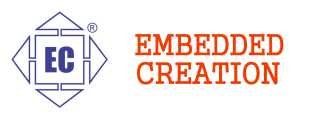


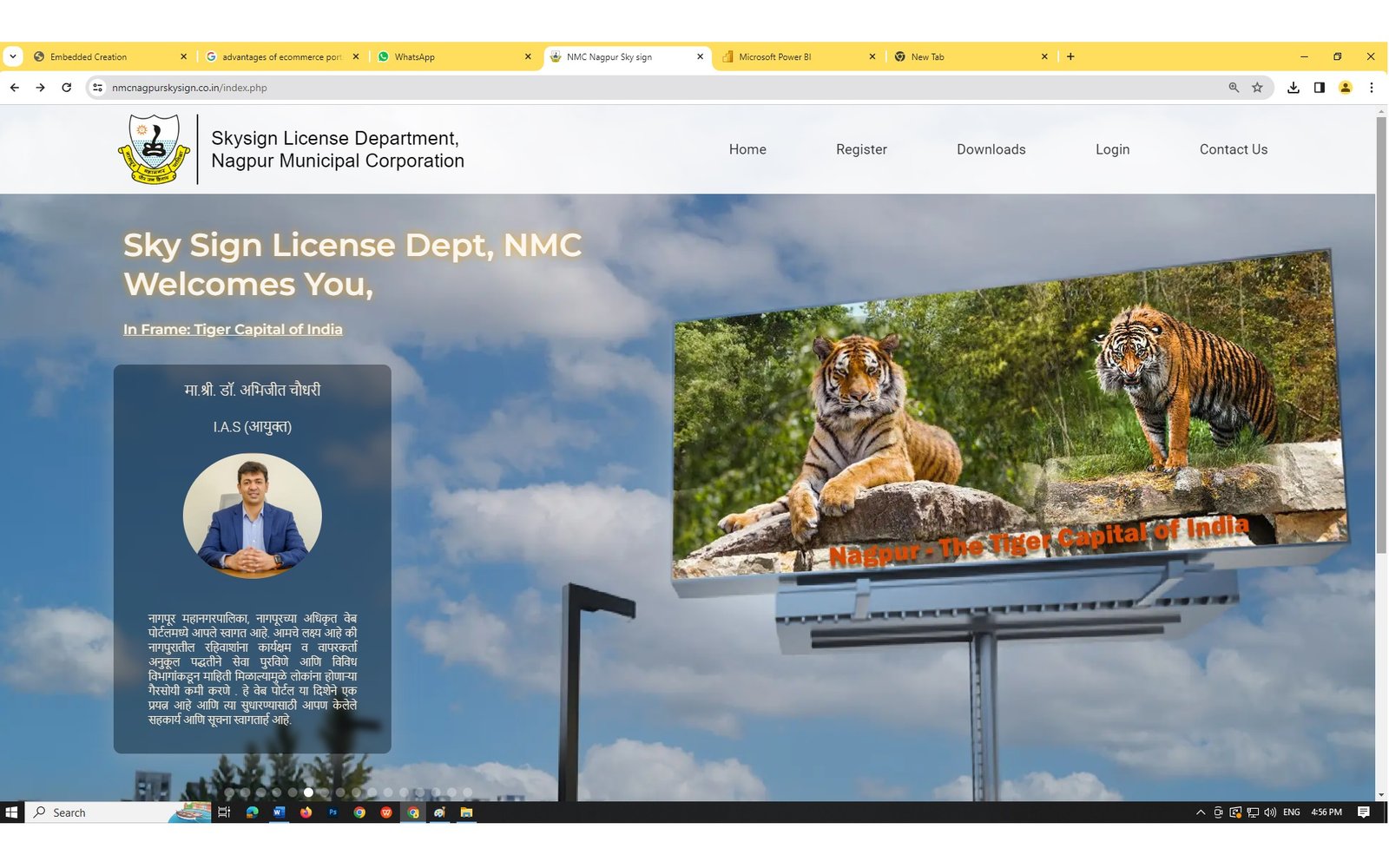
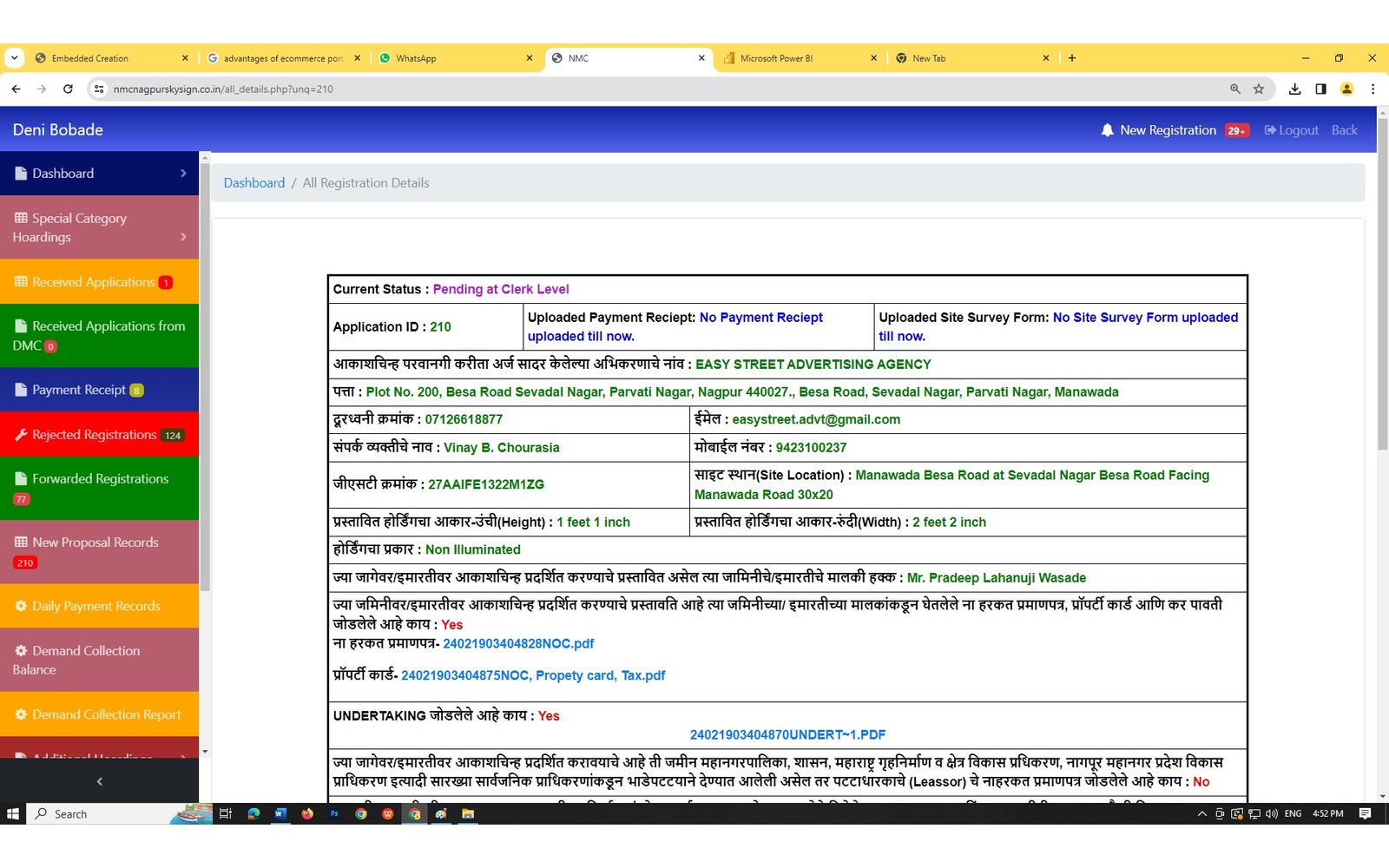

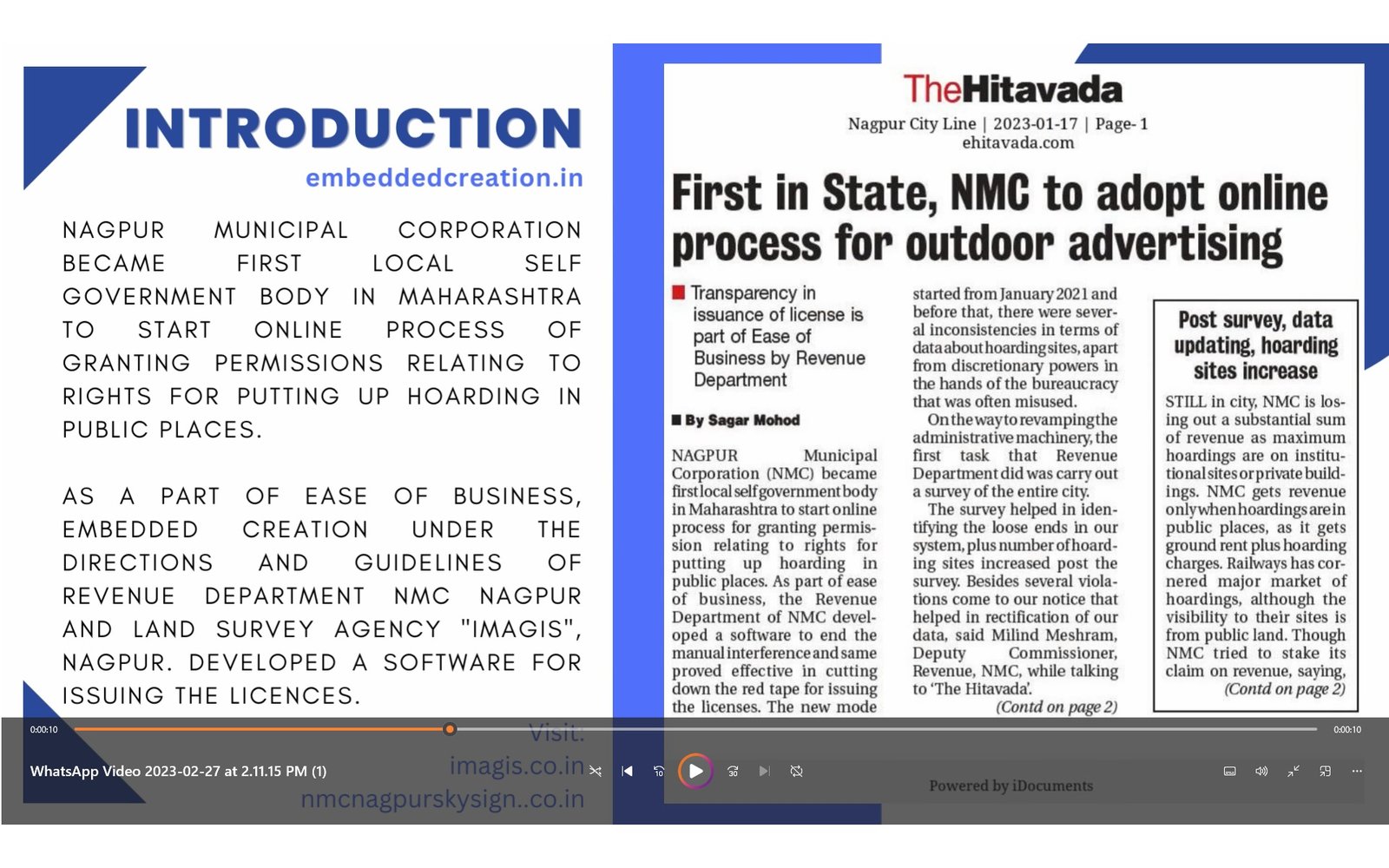




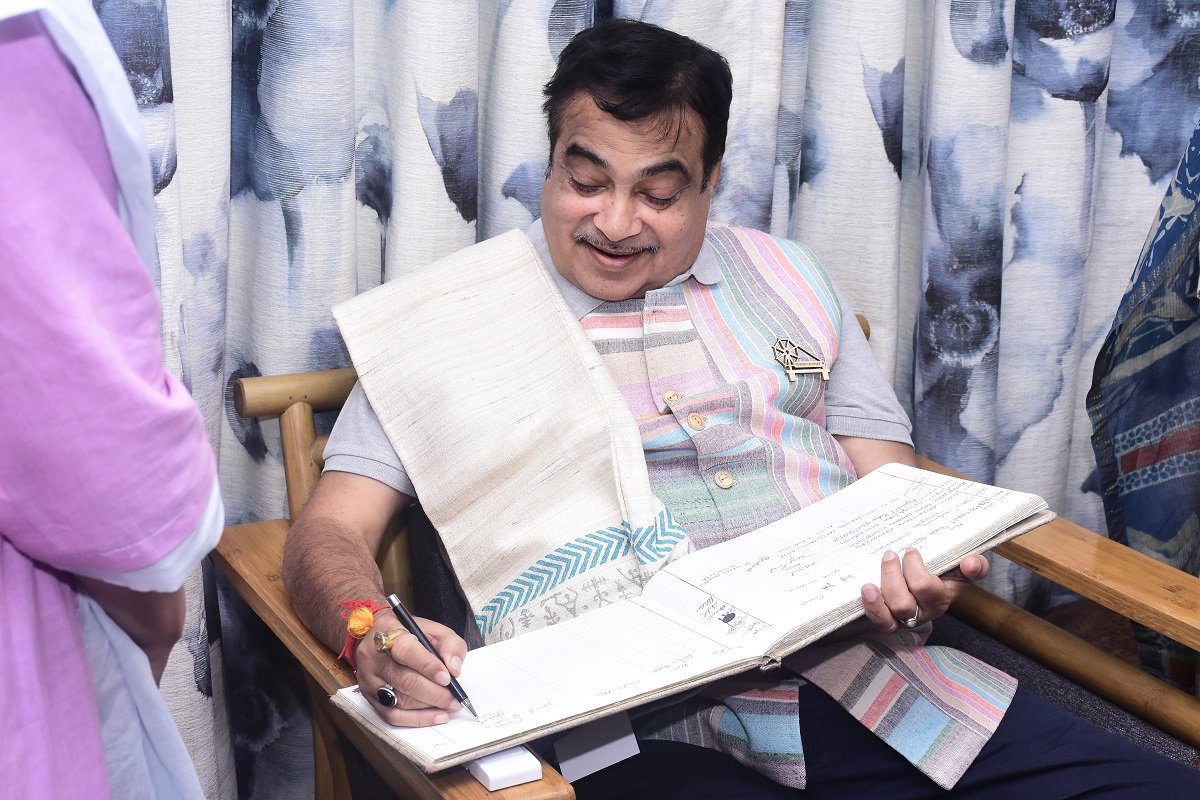
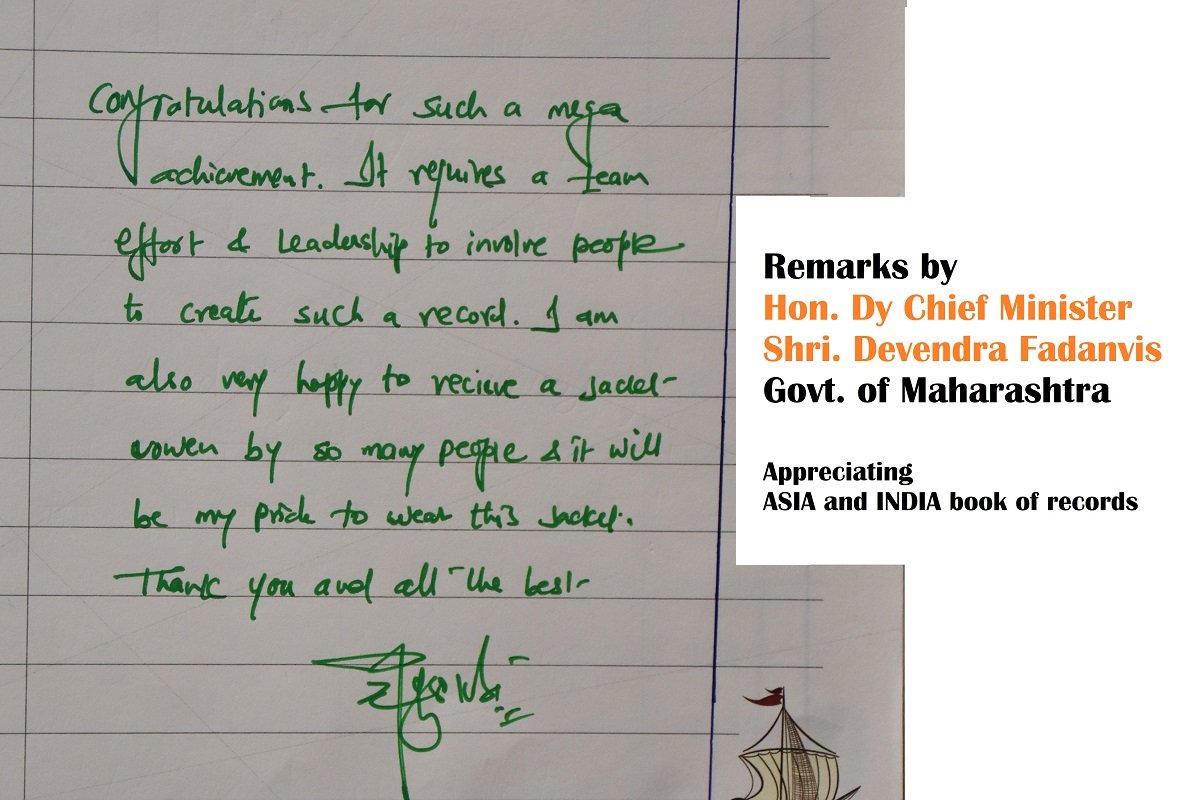
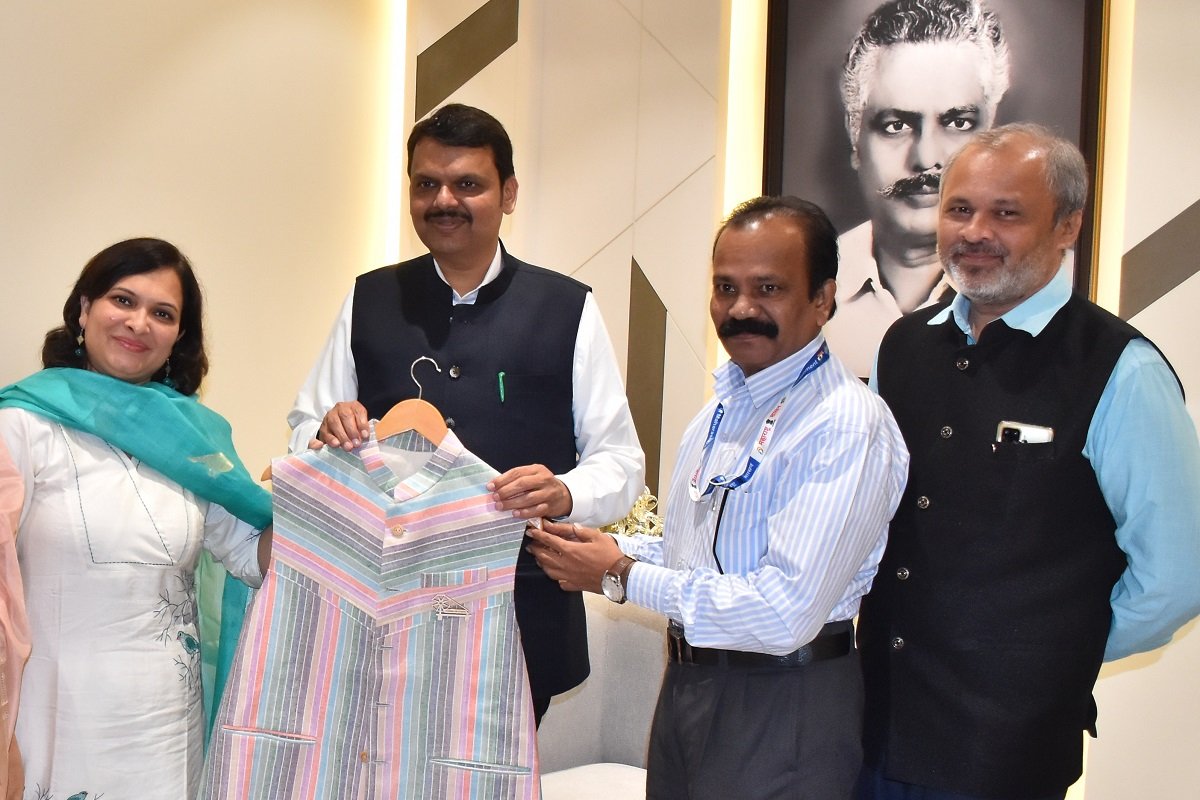
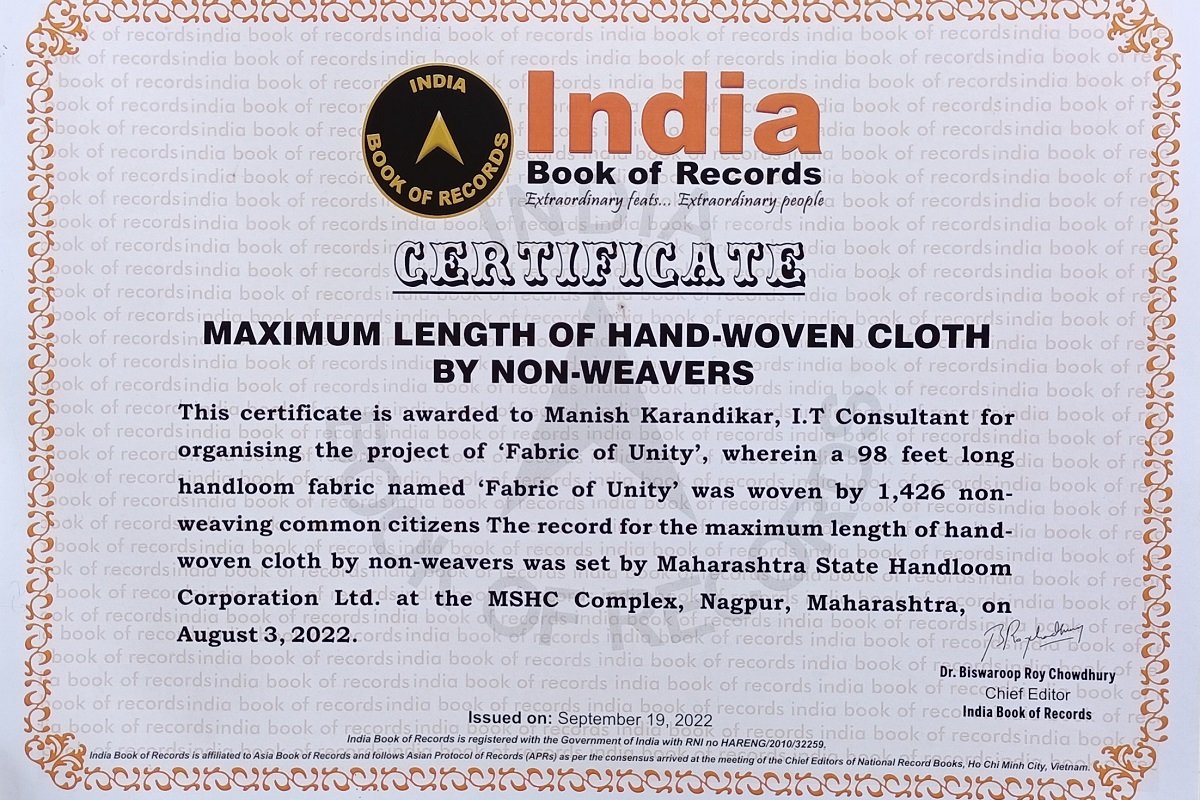



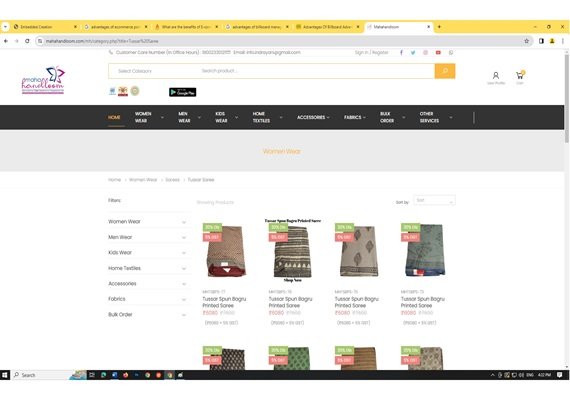

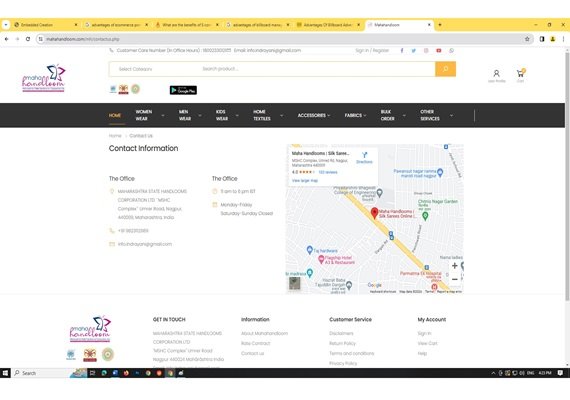


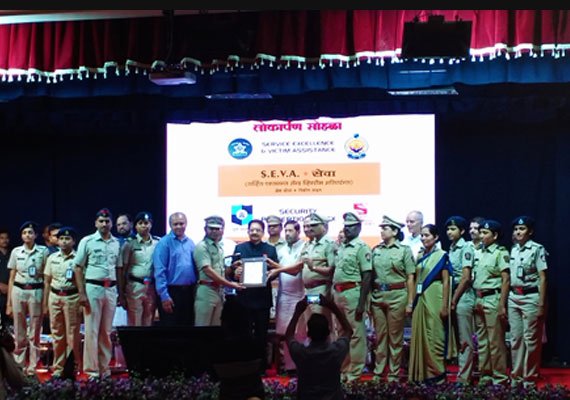

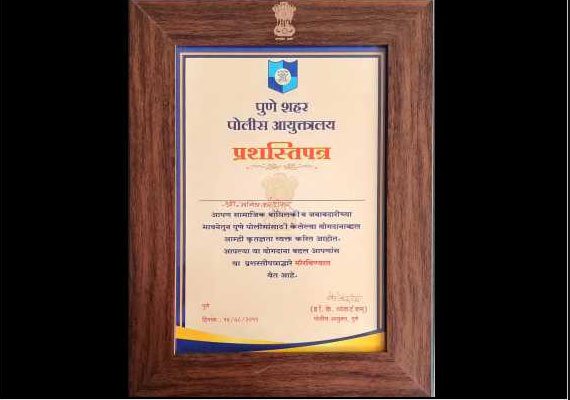







.jpg)
.jpg)
.jpg)
.jpg)
.jpg)
.jpg)
.jpg)
.jpg)
.jpg)
.jpg)
.jpg)
.jpg)
.jpg)
.jpg)
.jpg)
.jpg)
.jpg)
.jpg)

